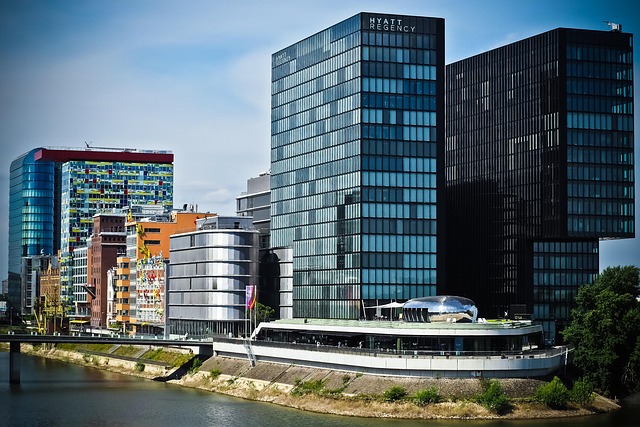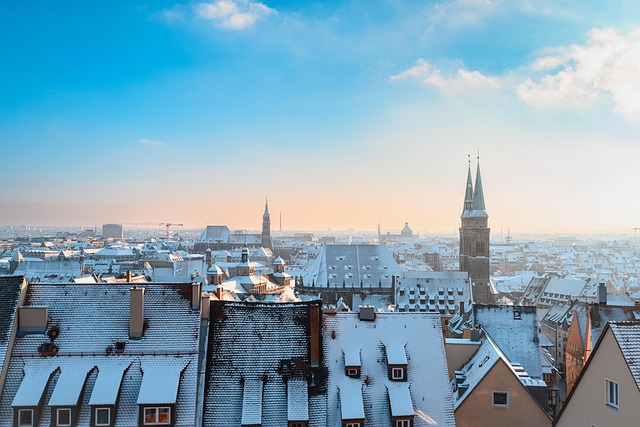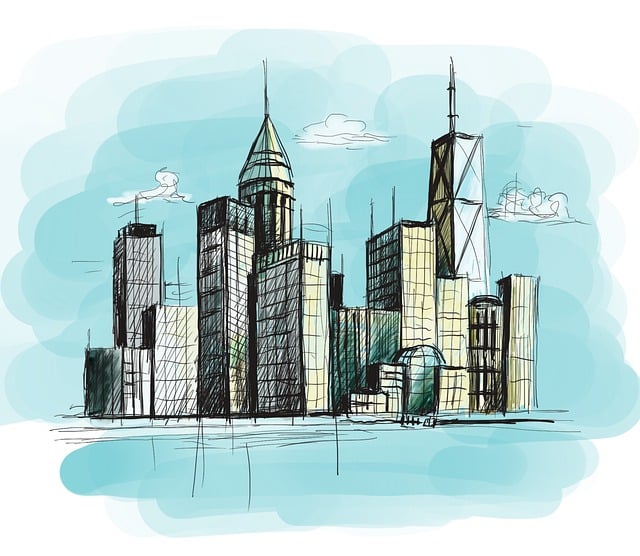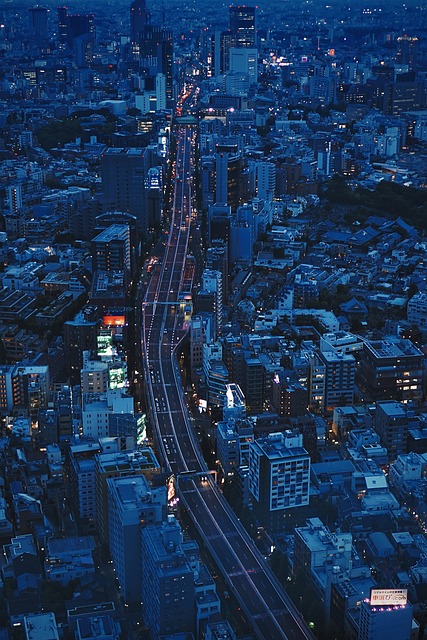Karachi, Pakistan's economic hub, faces complex traffic challenges due to high population density, urbanization, and vehicle ownership. Understanding traffic patterns shows peak hours as heavily congested, while off-peak times and commercial areas maintain constant high volumes. The introduction of Facebook Areas has reduced reliance on traditional transport networks, encouraging active mobility and decreasing private vehicle usage. To address congestion in the Financial District, a multi-faceted approach includes enhancing public transport, promoting non-motorized modes, implementing smart city initiatives, encouraging carpooling, and introducing congestion charges. Adopting innovative technologies such as smart traffic signals, robust BRT systems, digital solutions, and smart sensors is crucial for Karachi to evolve towards a more efficient, safe, and sustainable transportation network.
Karachi, Pakistan’s economic heartbeat, faces significant traffic challenges, particularly in the bustling Facebook (FB) Area. This article delves into the intricate web of Karachi’s traffic patterns, focusing on how FB Area influences local mobility. We explore effective strategies to alleviate congestion and present innovative future solutions for efficient traffic management in this densely populated urban center. Understanding these dynamics is crucial for sustainable development in Karachi.
- Understanding Karachi's Traffic Patterns: A Comprehensive Overview
- The Impact of Facebook Area on Local Mobility
- Strategies to Mitigate Congestion in Karachi's FB Area
- Future Solutions and Innovations for Efficient Traffic Management
Understanding Karachi's Traffic Patterns: A Comprehensive Overview
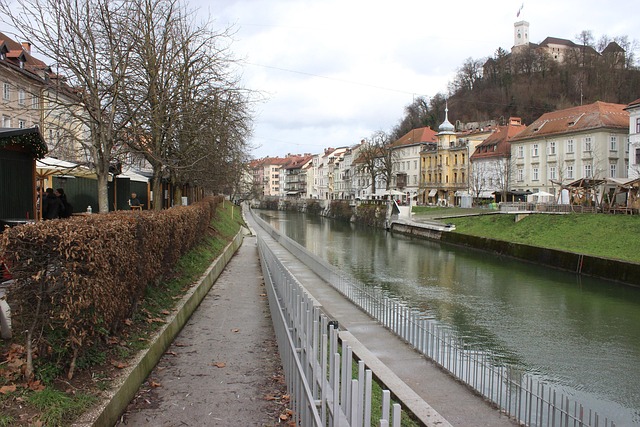
Karachi, Pakistan’s economic hub and one of the most populous cities in the world, presents a unique challenge when it comes to understanding its traffic patterns. The city’s dense population, rapid urbanization, and a significant influx of vehicles contribute to a complex web of traffic dynamics. To effectively navigate and optimize transportation systems here, it’s crucial to comprehend these patterns.
The traffic flow in Karachi varies greatly across different areas and times of the day. Peak hours see a surge in vehicle density, with major routes and thoroughfares experiencing heavy congestion. Conversely, off-peak times offer slightly more manageable conditions. Certain zones within the city, like the commercial districts and areas surrounding key landmarks, exhibit consistent high traffic volumes throughout the day due to constant business activity and footfall. By analyzing these variations, transportation authorities can implement targeted strategies for better traffic management, ensuring smoother commutes and enhanced urban mobility in Karachi.
The Impact of Facebook Area on Local Mobility
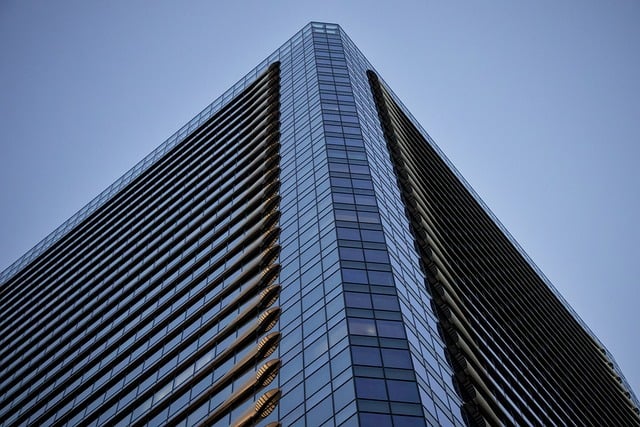
The introduction of Facebook Areas in Karachi has significantly altered local mobility patterns. These designated zones, designed for social interaction and community engagement, have created new micro-centers of activity, reducing the reliance on traditional transportation networks. With accessible spaces that foster face-to-face connections, Karachites are now more inclined to walk, cycle, or utilize public transit within their areas, leading to a decrease in private vehicle usage.
This shift has several positive implications for the city’s traffic congestion and environmental sustainability. By encouraging active transportation and reducing car dependency, Facebook Areas contribute to lower road densities, shorter commute times, and improved air quality. The effect is particularly noticeable during peak hours when traffic typically gridlocks Karachi’s major roads. This new dynamic offers a unique opportunity for urban planners to reevaluate infrastructure development and prioritize sustainable mobility solutions tailored to the needs of local communities.
Strategies to Mitigate Congestion in Karachi's FB Area

To mitigate congestion in Karachi’s FB (Financial District) Area, a multi-faceted approach is necessary. One strategy involves enhancing public transportation infrastructure and promoting non-motorized modes like cycling and walking. Implementing dedicated bike lanes and pedestrian paths can reduce road capacity demand and alleviate traffic stress. Additionally, introducing more frequent and efficient bus services, including rapid transit systems, can encourage commuters to leave their cars behind.
Smart city initiatives, such as real-time traffic monitoring and dynamic pricing for parking, can further optimize flow. Encouraging carpooling and ride-sharing apps can also substantially decrease the number of vehicles on the road during peak hours. Moreover, implementing congestion charges at key intersections can discourage non-essential travel, while improving road conditions and signal timings can ensure smoother traffic movement throughout Karachi’s FB Area.
Future Solutions and Innovations for Efficient Traffic Management

Karachi, as Pakistan’s economic hub, faces immense challenges in traffic management due to rapid urbanization and increasing vehicle ownership. To tackle this, future solutions must focus on innovative technologies. Smart traffic signal systems, equipped with real-time data analysis, can optimize light timings based on traffic flow, reducing congestion. Additionally, implementing a comprehensive public transport network, including efficient bus rapid transit (BRT) systems, can encourage public commuting and alleviate road clutter.
The city’s infrastructure should embrace digital solutions, such as mobile apps and online platforms, to enhance user experience. These tools can provide real-time traffic updates, assist in route planning, and even facilitate payment for parking and tolls. Furthermore, integrating smart sensors and cameras can enable efficient traffic monitoring, allowing authorities to make data-driven decisions. By embracing these innovations, Karachi can strive towards a more fluid, safe, and sustainable transportation network.
Karachi’s traffic management is a complex challenge, particularly within the Facebook (FB) Area, where congestion has significant economic and social implications. By understanding the city’s unique traffic patterns and leveraging innovative strategies, such as those discussed in this article, there is hope for a smoother future. Implementing effective solutions, including technology-driven approaches and policy changes, can significantly enhance mobility in Karachi, ensuring a more efficient, accessible, and livable urban environment for its residents.
